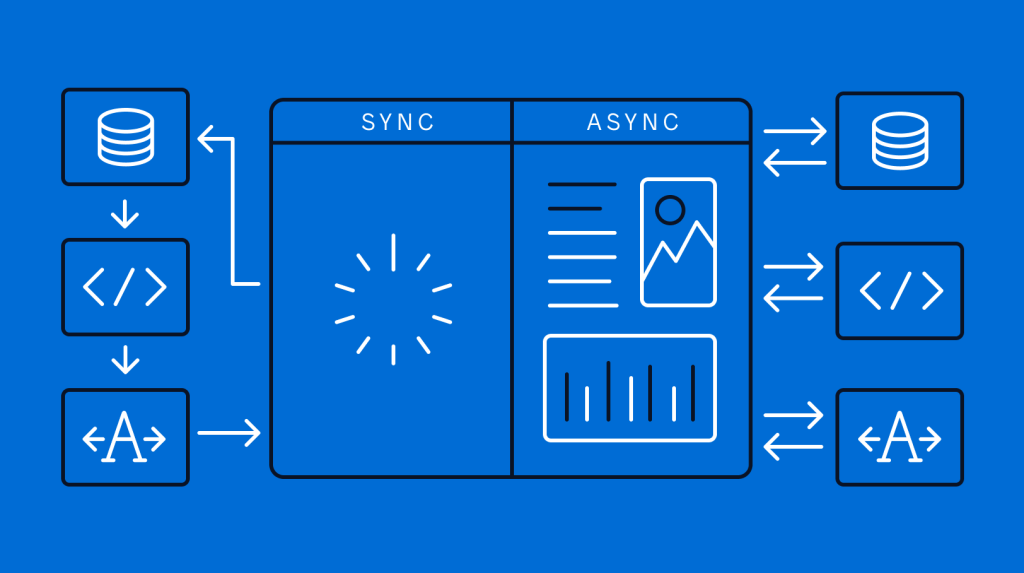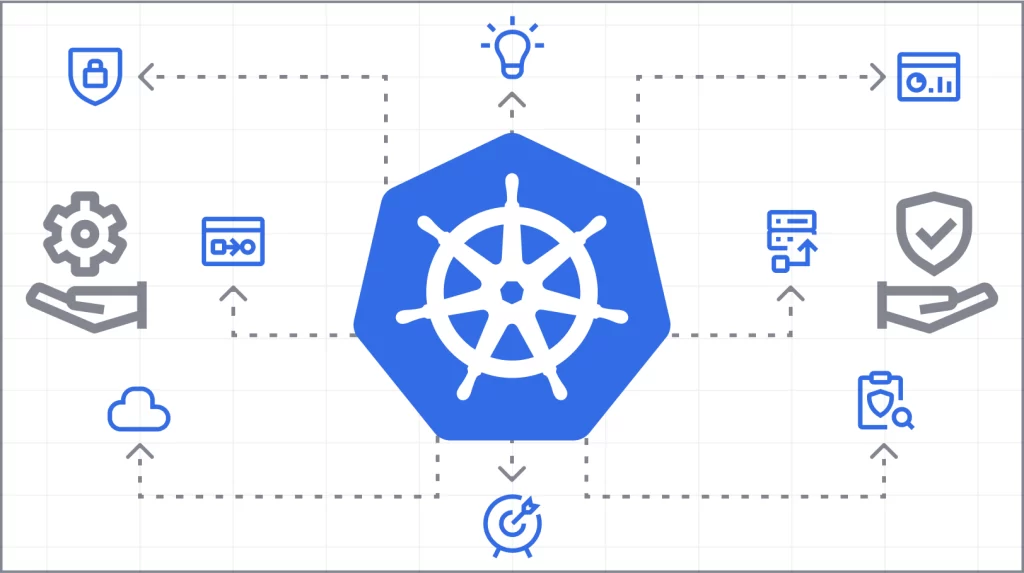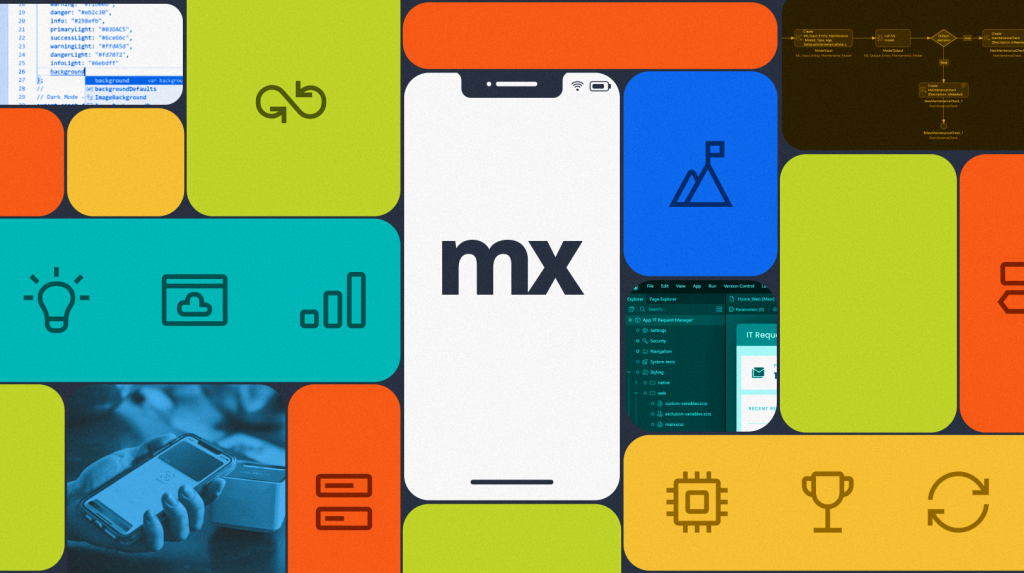Asynchronous vs. Synchronous Programming: Key Similarities and Differences
But how can this be understood in terms of programming?
Asynchronous and synchronous programming: What’s the difference?
Synchronous, sometimes called “sync,” and asynchronous, also known as “async,” are two different programming models.
Understanding how these two models differ is critical for:
- Building application programming interfaces (APIs)
- Creating event-based architectures
- Deciding how to handle long-running tasks
But before deciding which method to use and when, it’s important to know a few quick facts about synchronous and asynchronous programming.
Programming asynchronous applications
Asynchronous programming is a multithreaded model that’s applied to networking and communications.
Asynchronous is a non-blocking architecture, which means it doesn’t block further execution while one or more operations are in progress. With async programming, multiple related operations can run concurrently without waiting for other tasks to complete.
One way of programming asynchronous applications is with low-code application development. Multiple developers can work on projects simultaneously in a low-code platform, which helps accelerate the process of building apps.
Another example is texting. Texting is an asynchronous communication method. One person can text, and the recipient can respond at leisure. In the meantime, the sender may do other things while waiting for a response.
Think of asynchronous programming as adaptable, and synchronous programming as strict.
Programming synchronous applications
Synchronous is a blocking architecture and is best for programming reactive systems.
As a single-thread model, it follows a strict set of sequences, which means that operations are performed one at a time, in perfect order.
While one operation is being performed, other operations’ instructions are blocked. The completion of the first task triggers the next, and so on.
To illustrate how synchronous programming works, think of a telephone conversation. While one person speaks, the other listens. When the first person finishes, the second tends to respond immediately.
JavaScript
In the conversation about synchronous and asynchronous programming, there is a curveball called JavaScript.
JavaScript is a common scripting language that’s used to make websites interactive. JavaScript is an asynchronous and concurrent programming language that offers a lot of flexibility. It’s single-threaded like synchronous but also non-blocking like asynchronous.
Although it’s synchronous by nature, JavaScript benefits from an asynchronous process. Long-running JavaScript functions can make the user interface (UI) or server unresponsive until the function has returned, resulting in a less-than-stellar user experience.
However, there are some instances where users can benefit from blocking programming, for example, when making an online payment.
The benefit of JavaScript is that it offers the best of both worlds: Single-thread and multi-thread, blocking and non-blocking. With this flexibility, programmers can write code in a single programming language instead of two—one for synchronous operations and another for asynchronous operations.
Asynchronous vs. synchronous programming
Ultimately, the choice comes down to operational dependencies. Do you want the start of an operation to depend on another operation’s completion, or do you want it to run independently?
Asynchronous is a non-blocking architecture, so the execution of one task isn’t dependent on another. Tasks can run simultaneously.
Synchronous is a blocking architecture, so the execution of each operation depends on completing the one before it. Each task requires an answer before moving on to the next iteration.
The differences between asynchronous and synchronous include:
- Async is non-blocking, which means it will send multiple requests to a server.
- Sync is blocking — it will only send the server one request at a time and wait for that request to be answered by the server.
- Async increases throughput because multiple operations can run at the same time.
- Sync is slower and more methodical.
Both async and sync can be single-thread or multi-thread. The main difference is that an asynchronous system will not block a thread during an input/output operation.

Differences aside, async and sync methods have advantages for different stakeholders: Async for users and sync for developers.
Asynchronous programming enhances the user experience by decreasing the lag time between when a function is called and when the value of that function is returned. Async programming translates to a faster, more seamless flow in the real world.
For example, users want their apps to run fast, but fetching data from an API takes time. In these cases, asynchronous programming helps the app screen load more quickly, improving the user experience.
Synchronous programming, on the other hand, is advantageous for developers. Synchronous programming is much easier to code. It’s well supported among all programming languages, and as the default programming method, developers don’t have to spend time learning something new that could open the door to bugs.
Async and sync use cases
Programming makes our digital world run, but without the right pairing of programs and operations, chaos and poor user experiences would ensue. Our digital world could spin into a mad, hyperactive frenzy if operations inappropriately rely on asynchronous programming.
And if operations are inappropriately relying on synchronous programming, our digital world could come to a screeching halt. It’s imperative to understand when to use each type of programming.
When to use async programming
Asynchronous programming is critical to programming independent tasks.
For instance, asynchronous programs are ideal for development projects with many iterations. Asynchronous programming will keep development moving forward because steps don’t have to follow a fixed sequence.
Responsive UI is a great use case for asynchronous planning. Take, for example, a shopping app. When a user pulls up their order, the font size should increase. Instead of first waiting to load the history and update the font size, asynchronous programming can make both actions happen simultaneously.
When to use sync programming
Asynchronous programming is relatively complex. It can overcomplicate things and make code difficult to read. On the other hand, synchronous programming is fairly straightforward; its code is easier to write and doesn’t require tracking and measuring process flows (as async does).
Because tasks depend on each other, you have to know if they can run independently without interrupting each other.
Synchronous programming could also be appropriate for a customer-facing shopping app. Users want to buy all their items together rather than individually when checking out online. Instead of completing an order every time the user adds something to their cart, synchronous programming ensures that the payment method and shipping destination for all items are selected at the same time.
How to choose between asynchronous and synchronous programming
When deciding which approach to take, consider asynchronous programming adaptable and synchronous programming strict.
Asynchronous programming is the multitasker, moving from one to-do to the other and alerting the system when each task is complete. Synchronous programming functions with a one-track mind, checking off one task at a time in a rigid sequence.
- Asynchronous programming allows more things to be done simultaneously and is typically used to enhance the user experience by providing an effortless, quick-loading flow.
- Synchronous programming is best utilized in reactive systems. While it is simpler for developers to code and is recognized by every programming language, sync is resource-intensive and can slow things down.
- Standardization or Personalization? No Need to Choose with Low-Code
- PVI Gia Định and PVI Digital aim to establish a strategic partnership with Siemens and Techworld Solutions Vietnam
- Software Composition: Why, What, and How
- Two Powerful Ways We Used Power Automate in Dynamics 365 BC Projects
- How the Mendix Platform Ecosystem Accelerates Business Impact
Bài viết cùng chủ đề:
-
Leave Request – Smart Leave Management in a Single CRM Module
-
Techworld Solutions Accompanies UTE in Training High-Quality Human Resources
-
Microsoft Office Officially Becomes Microsoft 365
-
Epicor Asia & Techworld Solutions Vietnam Announce Strategic Partnership to Expand Solution Ecosystem in Vietnam and the Region
-
Congratulations to the Microsoft Team!
-
The Value of Enterprise Microservices with Low-Code
-
Mendix Cloud’s Next Evolution: Embracing Kubernetes for a Future-Ready Platform
-
Addressing the Knowledge Gap
-
AI-Assisted Development in Action with Mendix
-
Empowering Mobile Innovation
-
TECHWORLD SOLUTIONS VIETNAM AND UNIVERSITY OF TECHNOLOGY AND EDUCATION – UNIVERSITY OF DANANG SIGN STRATEGIC PARTNERSHIP TO ESTABLISH A DIGITAL TECHNOLOGY RESEARCH & TRAINING CENTER
-
PVI Gia Định Partners with Techworld Solutions Vietnam to Revolutionize Insurance Management
-
ESEC Group Partners with Techworld Solutions Vietnam to Implement Microsoft Dynamics 365 ERP
-
Revolutionizing Supply Chains with the Low-Code Mendix Platform
-
5 Tips to Secure Your Low-Code Empire
-
Techworld Solutions Proudly Sponsors the CIO Summit 2024

















